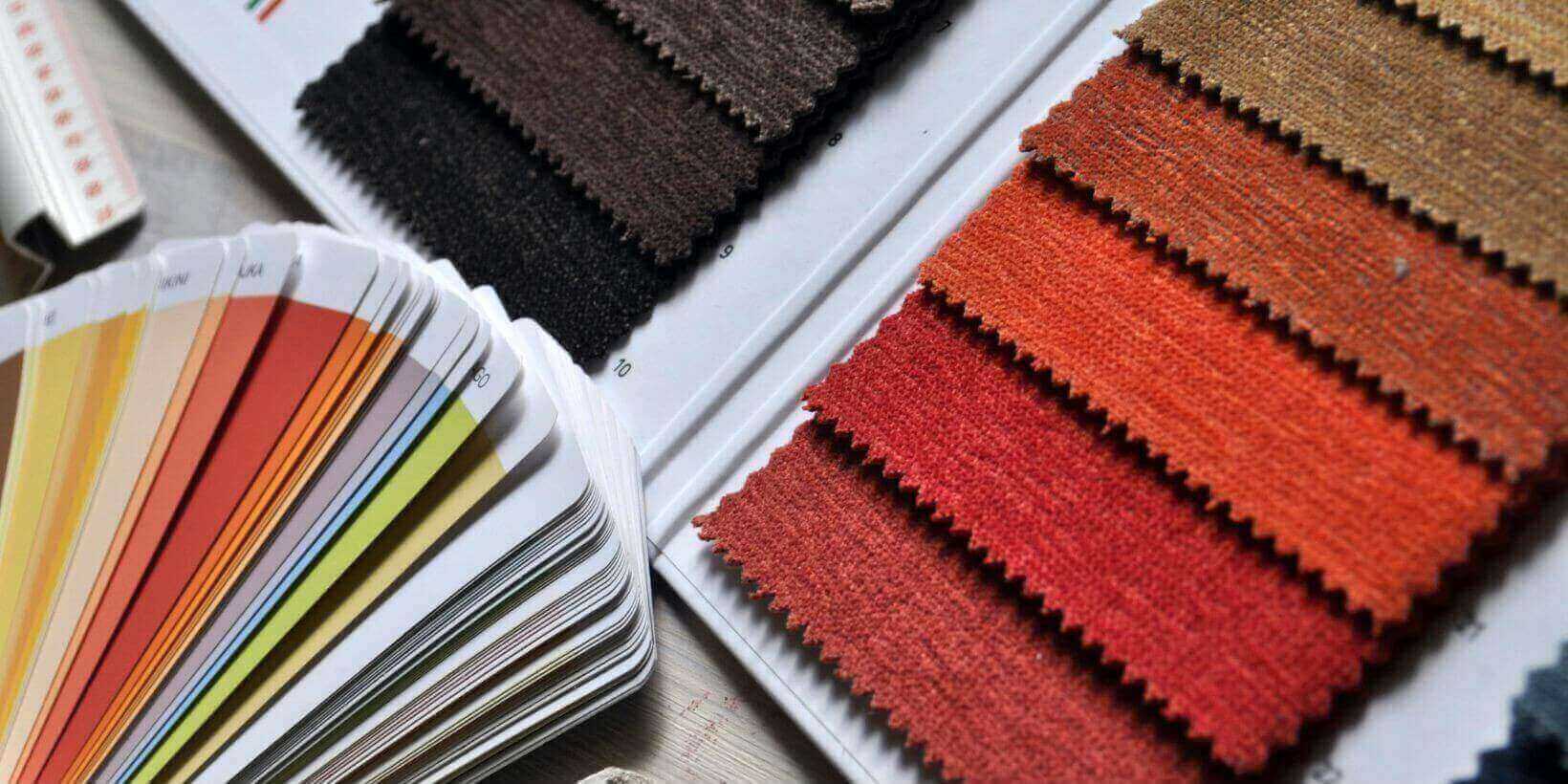ERP for the Textile Industry: How to Optimise Production and Retail

The textile and fashion industry is undergoing a digital transformation. Consumers demand speed, transparency and sustainability, while companies face challenges such as shorter production cycles, cost control and omnichannel retailing.
In this context, an ERP for the textile industry is not just a management tool, but the key to integrating production, warehousing, and retail into a single platform. Compared to spreadsheets or generic ERPs, a specialised textile management software allows you to plan collections, control sizes and colours, and ensure complete end-to-end traceability.
What is an ERP for the textile and fashion industry?
A textile ERP system (Enterprise Resource Planning) is a system that digitises and integrates all the processes of a fashion and apparel company:
- Textile and apparel production → batch, fabric, size and colour planning.
- Warehouse management → real-time stock visibility, automated locations, and order processing.
- Sales and retail → integration with POS, eCommerce and returns.
- Logistics and distribution → traceability of national and international orders.
📌 Key differences:
- Generic ERP: manages only administration and finance.
- Specialised textile ERP: includes textile manufacturing, fashion retail and full traceability modules.
Challenges in the textile industry and how ERP solves them
- Production control and time reduction
Fashion is fast. With an ERP for textile manufacturing, companies can optimise production planning, reduce lead times, and prevent bottlenecks.
- Warehouse and stock optimisation
A fashion retail ERP synchronises inventories between factories, warehouses, and stores. This avoids stock-outs, overproduction, and inefficiencies.
- Traceability and sustainability
Consumers demand transparency. An ERP for textile retail enables tracking of raw materials, suppliers, and production processes, supporting sustainable fashion goals
- Omnichannel
Fashion ERP connects physical store sales, marketplaces and eCommerce on a single platform, ensuring a seamless shopping experience.
Benefits of implementing a textile ERP
- Efficient production: advanced planning of fabrics, collections and seasons.
- Cost savings: reduction of wastage and better control of materials.
- Comprehensive management: global view of warehouses, orders and sales.
- Profitability: decisions based on real-time data.
- Competitiveness: quick adaptation to market trends and demand.
Comparative table: generic ERP vs. textile ERP
|
Functionality |
Generic ERP |
Specialised textile ERP |
|
Administrative management |
✅ |
✅ |
|
Textile production (sizes, colours, batches) |
❌ |
✅ |
|
Omnichannel retail + eCommerce. |
❌ |
✅ |
|
Material traceability |
❌ |
✅ |
|
Advanced collection planning |
❌ |
✅ |
Textile ERP and Industry 4.0
An ERP for the textile industry 4.0 connects with technologies that enhance the digitisation of the digital transformation:
- IoT: sensors that monitor machinery and processes in real time.
- Textile MES: production execution synchronised with ERP.
- BI & Big Data: predictive analysis of trends and demand.
- ERP in the cloud: access from any device, ideal for managers and salespeople.
The fashion industry needs to be agile, profitable and transparent. A textile ERP not only optimises production and warehousing, but also drives traceability, sustainability and global competitiveness. Adopting a specialised textile ERP is a strategic investment to grow in the era of Industry 4.0.
Want to discover how a specialised ERP can transform your textile business?
Request a free ERP Next demo and optimise your production, warehouse and retail management.
.png?width=501&height=92&name=Overtel%20Logo%20Postivo%20(7).png)
.jpg)
.jpg)